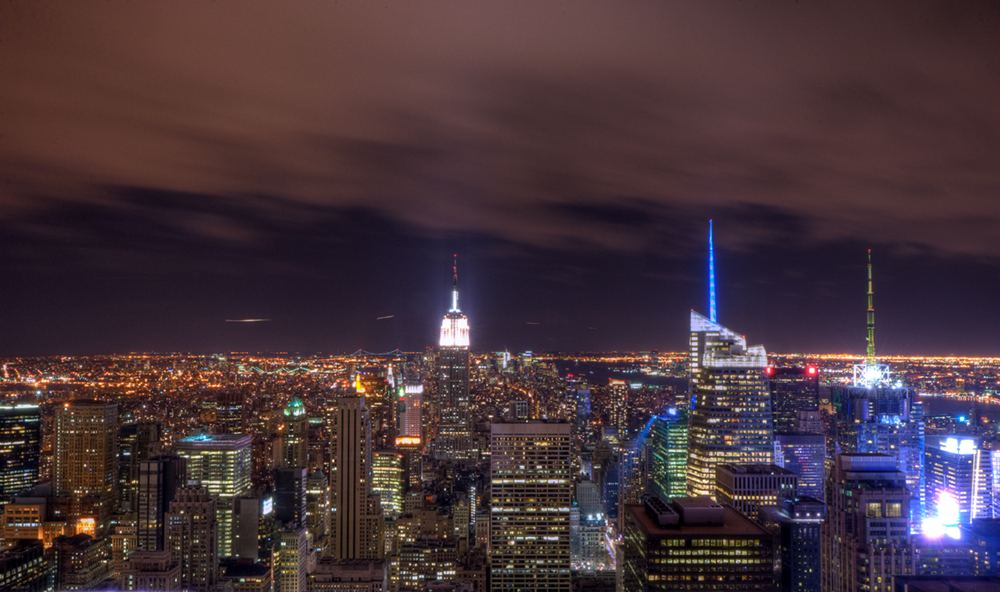| << Chapter < Page | Chapter >> Page > |

Urbanization is the study of the social, political, and economic relationships in cities, and someone specializing in urban sociology would study those relationships. In some ways, cities can be microcosms of universal human behavior, while in others they provide a unique environment that yields their own brand of human behavior. There is no strict dividing line between rural and urban; rather, there is a continuum where one bleeds into the other. However, once a geographically concentrated population has reached approximately 100,000 people, it typically behaves like a city regardless of what its designation might be.
According to sociologist Gideon Sjoberg (1965), there are three prerequisites for the development of a city. First, good environment with fresh water and a favorable climate; second, advanced technology, which will produce a food surplus to support non-farmers; and third, strong social organization to ensure social stability and a stable economy. Most scholars agree that the first cities were developed somewhere in ancient Mesopotamia, though there are disagreements about exactly where. Most early cities were small by today’s standards, and the largest city at the time was most likely Rome, with about 650,000 inhabitants (Chandler and Fox 1974). The factors limiting the size of ancient cities included lack of adequate sewage control, limited food supply, and immigration restrictions. For example, serfs were tied to the land, and transportation was limited and inefficient. Today, the primary influence on cities’ growth is economic forces. Since the recent economic recession has reduced housing prices, researchers are waiting to see what happens to urban migration patterns in response.

Urbanization in the United States proceeded rapidly during the Industrial Era. As more and more opportunities for work appeared in factories, workers left farms (and the rural communities that housed them) to move to the cities. From mill towns in Massachusetts to tenements in New York, the industrial era saw an influx of poor workers into America’s cities. At various times throughout the country’s history, certain demographic groups, from recent immigrants to post-Civil War southern Blacks, made their way to urban centers to seek a better life in the city.
Upton Sinclair’s The Jungle (1906) offers a snapshot of the rapid change taking place at the time. In the book, Sinclair explored the difficult living conditions and hideous and unsafe working conditions in a Chicago-area meatpacking plant. The book brought the plight of the urban working poor to the front and center of the public’s eye, as well as turning the stomachs of most modern readers with its graphic discussion of food preparation before the advent of government regulation.

Notification Switch
Would you like to follow the 'Introduction to sociology' conversation and receive update notifications?